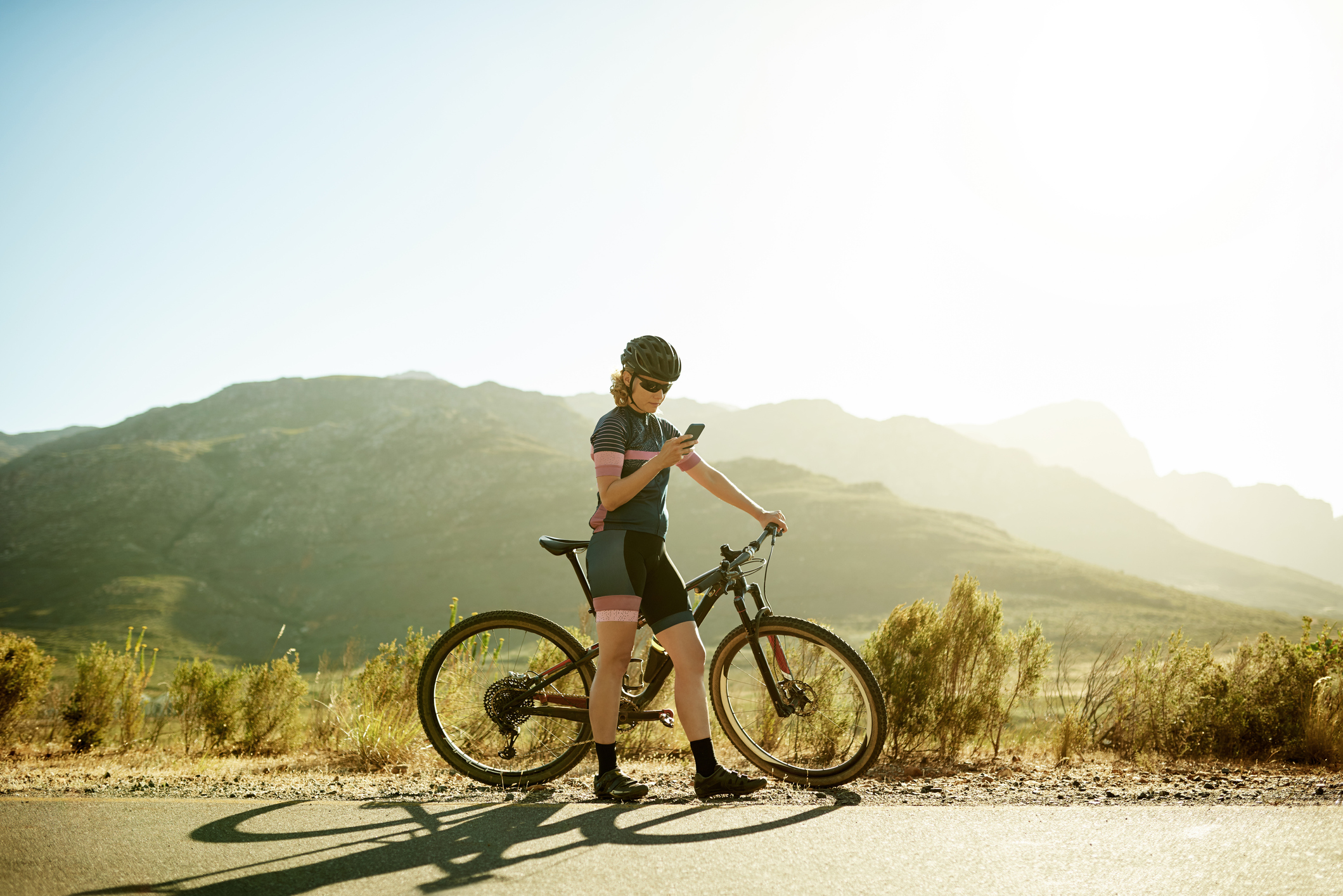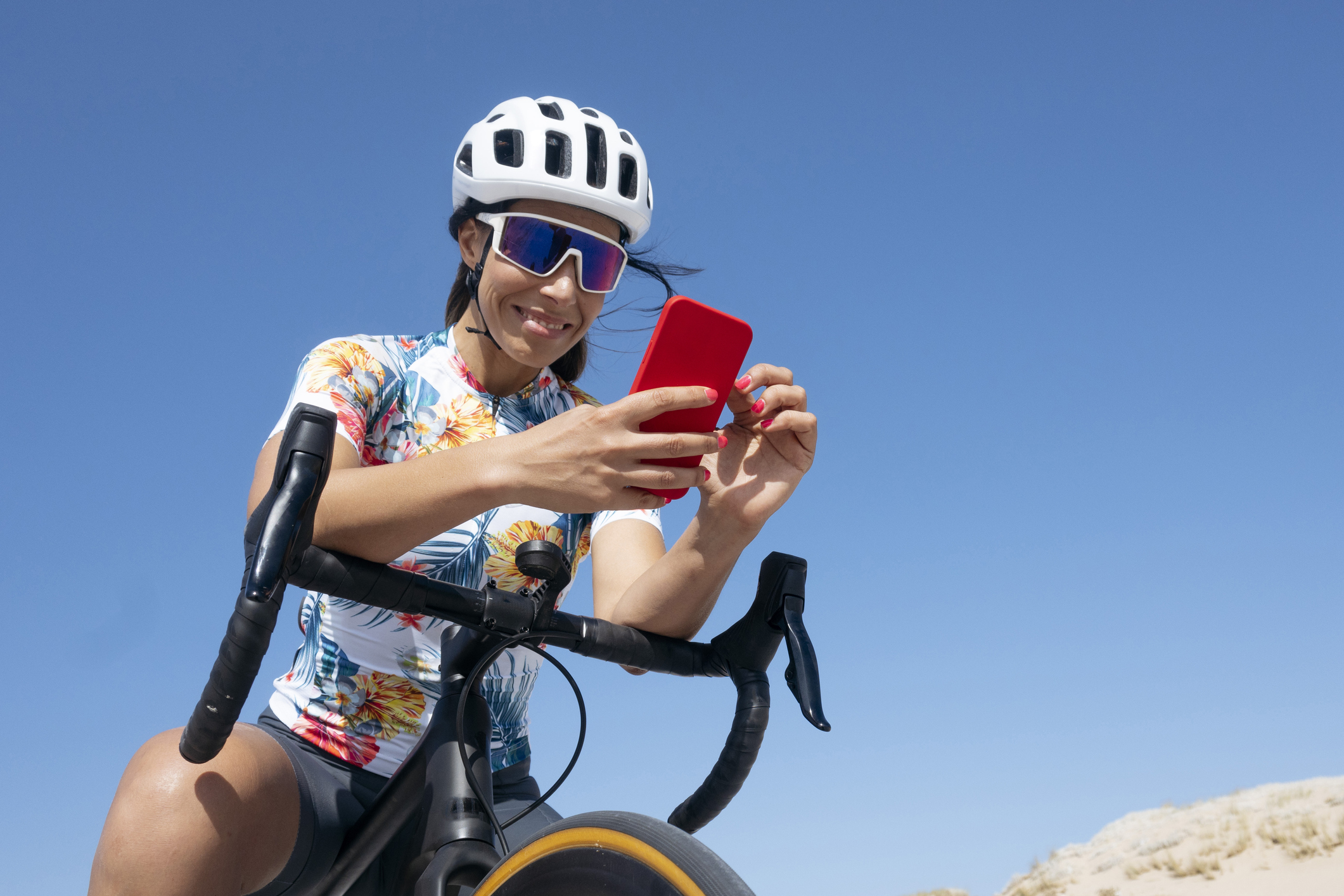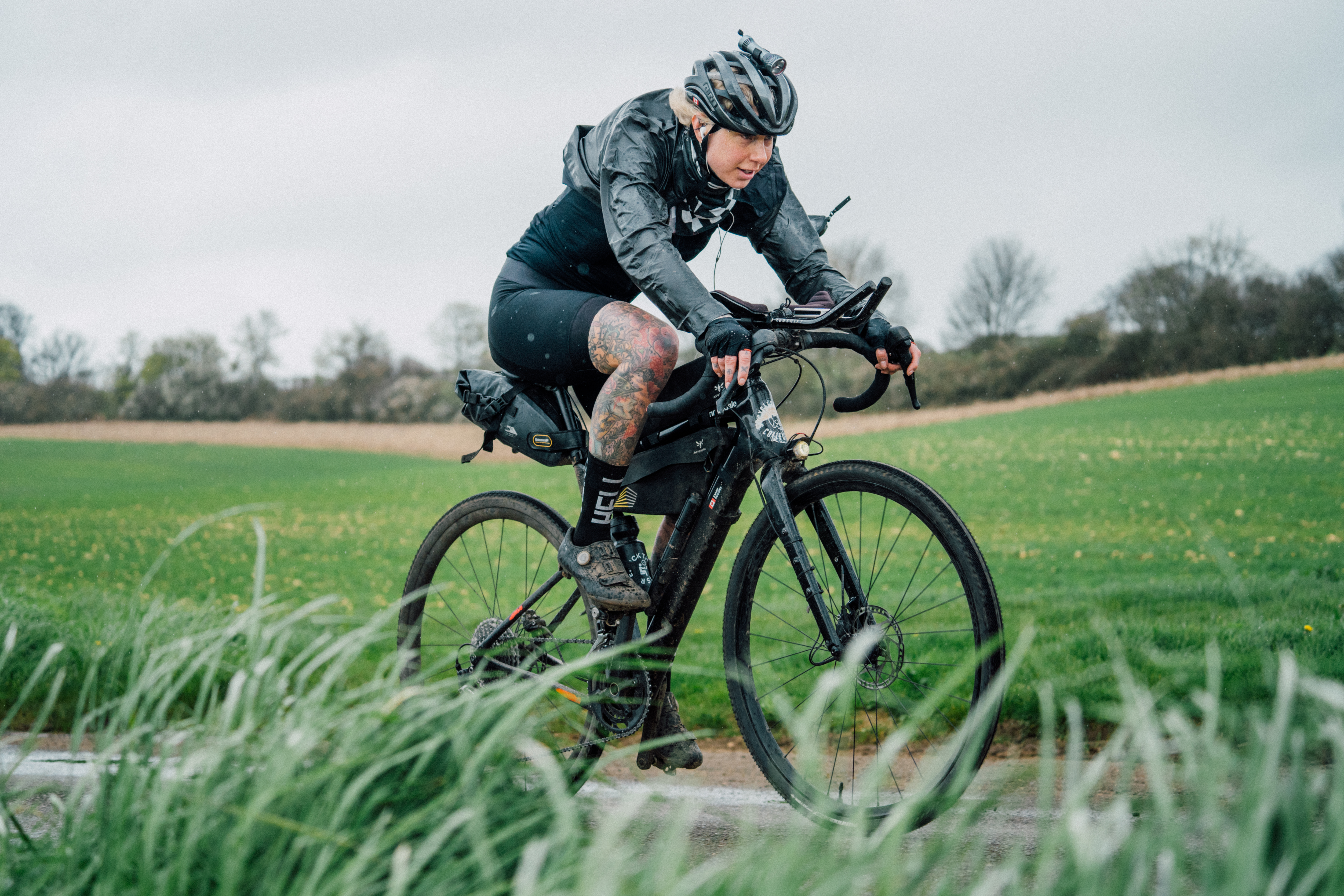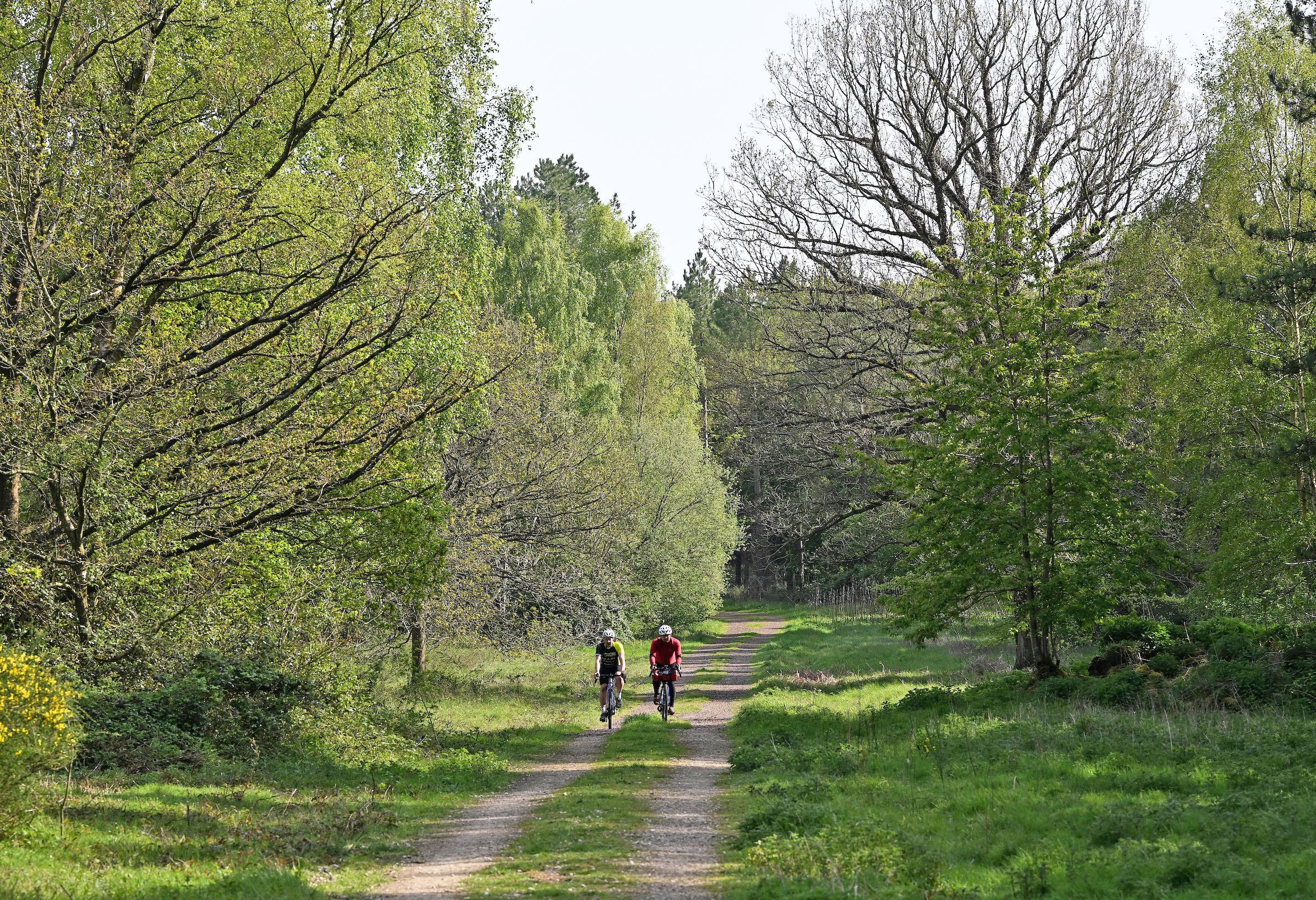The problem with Strava messaging is not Strava messaging, it's an environment where women don't feel safe exercising alone or existing online
Strava is looking at a Pandora's box response to its addition of DMs, but this isn't an issue for one app to solve


Earlier this week, Strava - the social media platform for cyclists and runners - introduced messaging to its app. Whilst the ability to send direct messages to ride buddies within a mostly free ride sharing platform came as a welcome addition to some users, a portion of the active population was not pleased. That portion was overwhelmingly female, and almost unanimously concerned about safety.
As Gemma Abbott wrote for The Independent, the only type of runner who would benefit from this feature - she felt - would be “predatory men”.
I have a Strava profile myself, but I wasn't concerned. I’ve long since axed the ride sharing function of Strava from my life, having adjusted my privacy setting so that activities can be viewed by ‘only me’. I made that change because, as a victim of sustained harassment, I was concerned about my safety.
Strava’s new messaging function
Strava’s messaging feature allows athletes to choose to receive messages from profiles they are following, mutuals, or no one. Settings will be automatically set based on an athlete’s profile visibility, but can be adjusted, by visiting ‘Privacy Controls’ > ‘Additional Controls’, and adjusting ‘Who can message you’. A spokesperson said: "This feature was introduced with great intention to provide guardrails and empower our athletes to easily connect and coordinate with one another", they added "athletes can block individuals, preventing direct communication from those accounts."
The response within the Cycling Weekly office was similar. Tech Writer Hannah Bussey told me: “I’ve not been an active user of Strava since the time I was approached on a ride by a random guy who ‘recognised’ me from the app. Alarm bells rang. I went home, tightened up my security settings, but the concern has always lurked. So I’ve let the app just gather dust.”
Responses to Strava’s announcement of the new features, from its Instagram followers, included the likes of "too bad Strava doesn’t have a single woman on their dev team to tell them this is a terrible idea", "the feature no female wanted", and "so just another platform where men can send unsolicited nudes and act inappropriately toward women."
There are two major threads to this conversation: the fact that women do not feel safe when exercising outside, and the fact that women do not feel safe existing online. The problem for Strava is that it is the perfect breeding ground to combine the two in a way which can, for many women, only equal a heightened level of anxiety most easily avoided by simply exiting the app.
It's 'not safe' to exercise alone
It’s not news that fears over safety prevent women from being active, especially in solo endurance based sports. Sport England’s ‘This Girl Can’ campaign found that 60% of women worry about the risk of sexual harassment or intimidation and 48% prefer not to be active outside after dark.
Get The Leadout Newsletter
The latest race content, interviews, features, reviews and expert buying guides, direct to your inbox!
#LetsLiftTheCurfew
SportEngland's '#LetsLiftTheCurfew' campaign was launched following a parliamentary roundtable in October which identified key themes and action areas for making sport and physical activity safer for women. The aim of the campaign is to raise awareness of the fact that many women avoid exercising after dark, due to safety fears.
Within cycling, there are endless examples, on a scale of severity. They start with 'throwaway' instance of harassment (such as 'lucky saddle', barked from an open window). Then there are violent attacks, like the experience that National Circuit Champion Jennifer George was subjected to, whereby men on motorbikes "leered at" and chased her, causing her to tell Cycling Weekly "my happy place has been ripped away". The sad fact is that you never know which one you're going to get.
The fact that Strava is an app which allows users to upload rides and runs - many of which are completed alone and may follow habitual routes and routines - is clearly going to be a concern to users who fear harassment. In response, Strava has introduced a range of privacy features, albeit ones that the user needs to opt into themselves, and which unfortunately remove us from some of the fun features of the app. I was a little sad, for example, not to be able to claim the QOM (Queen of the Mountain) on a local climb which I’d worked hard to conquer, because my private profile means I can’t appear on public activity boards. However, I’ll swap the glory for peace of mind, any day.
Whilst Strava has an absolute responsibility to ensure that its privacy setting are infallible, the larger issue around women feeling unsafe when exercising alone is not a ‘Strava problem’. In the same way that the ‘888’ phone line proposed by BT after the rape and murder of Sarah Everard - which was meant to make women feel safer when walking home by tracking them via phone GPS - was concluded to be a "sticking plaster solution" to violence against women, anything Strava does frankly feels like attaching a £10 plastic lock to a £10,000 bicycle in the hope of creating some form of deterrent.
It's 'not safe' to exist online
The second part of this conversation revolves around social media policing, a topic being considered within the UK parliament as part of its Online Safety Bill, which will place the onus on platforms themselves to remove harmful material.
The bill will also force ‘category one services’ to “remove content that is banned by their own terms and conditions”, in Strava's case, content that is "threatening, harassing, abusive, hateful, discriminatory, or that advocates violence" or "is sexually obscene".
I have never experienced harassment via Strava. However, I have experienced sexual and violent harassment via Twitter, Instagram, Facebook and YouTube, all of which have policies against harmful content. That's not in any way statistically unusual - a report issued by the International Center for Journalists (ICFJ) found that 73% of female journalists surveyed experienced online violence, with 25% of the messages they received threatening physical violence and 18% threatening sexual violence. A YouGov survey of 4,000 women and girls, led by law professor at the Open University Olga Jurasz, found that 15% of women and girls in England had experienced online violence.
Policing this is a mammoth task. However, it’s a task that someone needs to undertake.
If the bill is passed, all social media platforms are going to need to take drastic action to police the users that generate their income. As per harassment in the outdoor space, this is a problem that very much concerns Strava, but it is quite obviously much larger than a single app.
What does all this mean for Strava?

The addition of Strava Messaging has provoked evocative reactions across the active community.
Asked how seriously Strava takes privacy and safety for its users, a spokesperson said: "At Strava, athlete privacy and safety are a top priority. Our community standards set out the need to respect each other, and our policies reinforce that expectation, including by prohibiting harassment and bullying and abusive content on Strava. We take abuse reports seriously and investigate and enforce violations."
Regarding its new messaging function, they added: "We've incorporated robust blocking and filtering mechanisms to flag or block abusive or harassing messages from our platform. Athletes can block individuals, preventing direct communication from those accounts.
Strava is a global community, enjoyed by members in over 190 countries, giving almost 10 billion ‘kudos’ a year. For many people, it adds a fun, social and competitive dimension to their active experience.
Sadly, that’s not the case for all. As my colleague Hannah put it: "Strava should be a space where everyone can share in the joy of achievement, but sadly, as many women will testify, the only way to keep your mind and body safe from daily altercations and unsolicited messages is to just not participate."
Strava has a responsibility to ensure privacy controls are watertight, and that policies around abuse and harassment are upheld. However, the root of the issue is far from a Strava problem, it’s a society problem, and one that a portion of the population needs to address. Unfortunately, at present, it seems that the wrong portion is being forced to take action.

Thank you for reading 20 articles this month* Join now for unlimited access
Enjoy your first month for just £1 / $1 / €1
*Read 5 free articles per month without a subscription

Join now for unlimited access
Try first month for just £1 / $1 / €1
Michelle Arthurs-Brennan the Editor of Cycling Weekly website. An NCTJ qualified traditional journalist by trade, Michelle began her career working for local newspapers. She's worked within the cycling industry since 2012, and joined the Cycling Weekly team in 2017, having previously been Editor at Total Women's Cycling. Prior to welcoming her first daughter in 2022, Michelle raced on the road, track, and in time trials, and still rides as much as she can - albeit a fair proportion indoors, for now.
Michelle is on maternity leave from April 2025 until spring 2026.
-
 'I've bought four kilos of Haribo just in case' - Meet Dr Sarah Ruggins, who has gone from paralysis to aiming for the LEJOGLE record
'I've bought four kilos of Haribo just in case' - Meet Dr Sarah Ruggins, who has gone from paralysis to aiming for the LEJOGLE recordCanadian is aiming to take the overall record for Lands End to John O' Groats to Lands End, which currently stands at five days, 18 hours
By Adam Becket
-
 The sun's out and so am I: why there's no shame in being a fair-weather bike rider
The sun's out and so am I: why there's no shame in being a fair-weather bike riderLet's be honest, rain and riding bikes don't mix well – there's nothing wrong with waiting for the sun
By James Shrubsall